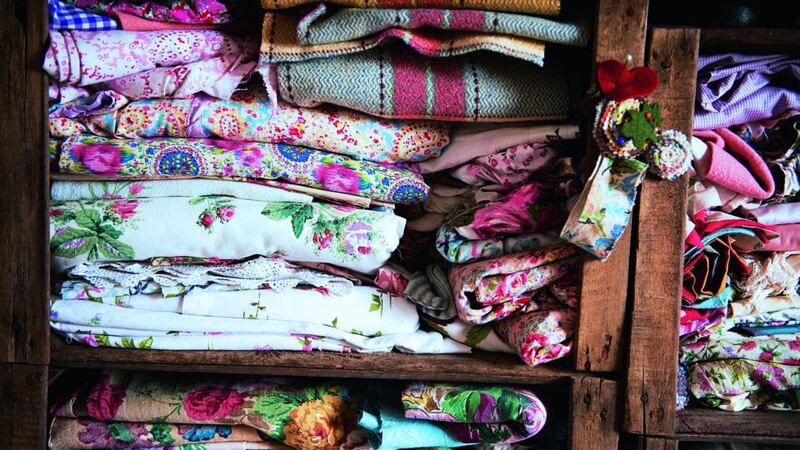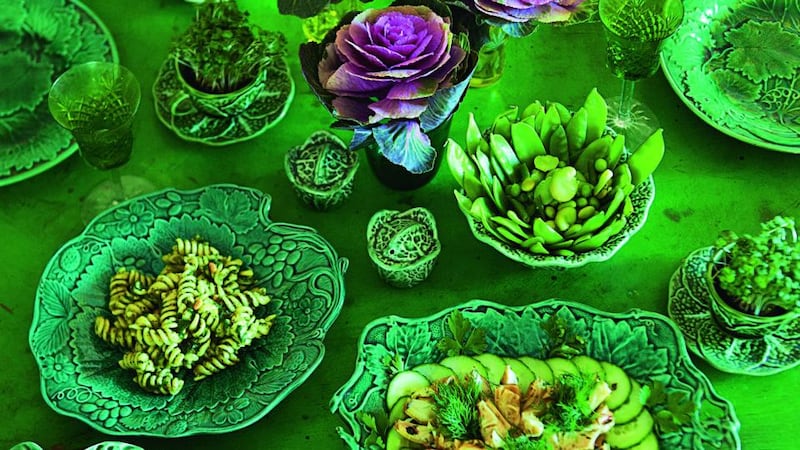There are few phrases more irritating to the keen shopper than “it’s vintage”, often uttered in response to expressions of admiration and – just beneath the surface – covetousness, usually directed at a particular item that is either worn or owned by the speaker.
The immediate implication is clear: this item is unique, regardless of its origin. Though it may have been mass-produced in the 1960s, chances of stumbling upon another are slim. It is special because of its rarity.
This, of course, also suggests that the owner of said vintage item is also unique. He or she has a cultured, refined taste that cannot be satisfied by mass-produced jeans or identikit couches with assembly instructions in 40 languages.


Vintage clothing, decor and furniture have another advantage: they are the original. Where high-street brands now produce clothing that is vintage in style, the original is, by its very definition, the best. Not to mention the fact that there are frequently savings to be made in – though it may seem oxymoronic – the purchase of an original design that will often be handmade and of material that is good enough quality to last another 50 years.
Add to that the fact that buying vintage is, according to Rosie O’Reilly of Re-Dress, the ethical fashion initiative, “the only sure way of buying ethical clothing”, and you’re on to a winner.
There is no better feeling than that experienced when you find that Holy Grail of vintage: the perfect dressing table, give or take a few coats of paint; a full set of 1950s bone china (for show, and weddings, obviously); a remnant of richly patterned chintz; old linen sheets still in their original box; a lampshade festooned with fringes or beads; a 1970s Ossie Clarke dress, in mint condition.
The closest you may come is an early morning rummage in TK Maxx but, really, it’s not the same (too many labels, for one, and the distinct lack of a particular smell). Old things carry their own peculiar odours, whether it’s the grandmotherly smell found at the bottom of a handbag with an interesting clasp, or the vague whiff of cat from an old needlepoint cushion.
Don’t let that put you off. Pretty much everything can be washed, aired, brushed down, buffed up and given a new lease of life.
Ultimately, vintage shopping (and the ensuing ownership) is a special experience, and one worth trying. The thrill of discovery and the knowledge that you are recycling something that has been loved through lifetimes can’t ever be rivalled by searching for your size on a rack of identical dresses.
For tips on how to spruce up your vintage finds and maximise their potential, once you’ve bought them, see Vintage Home, by Sarah Moore, published by Kyle Cathie (£17.99)











